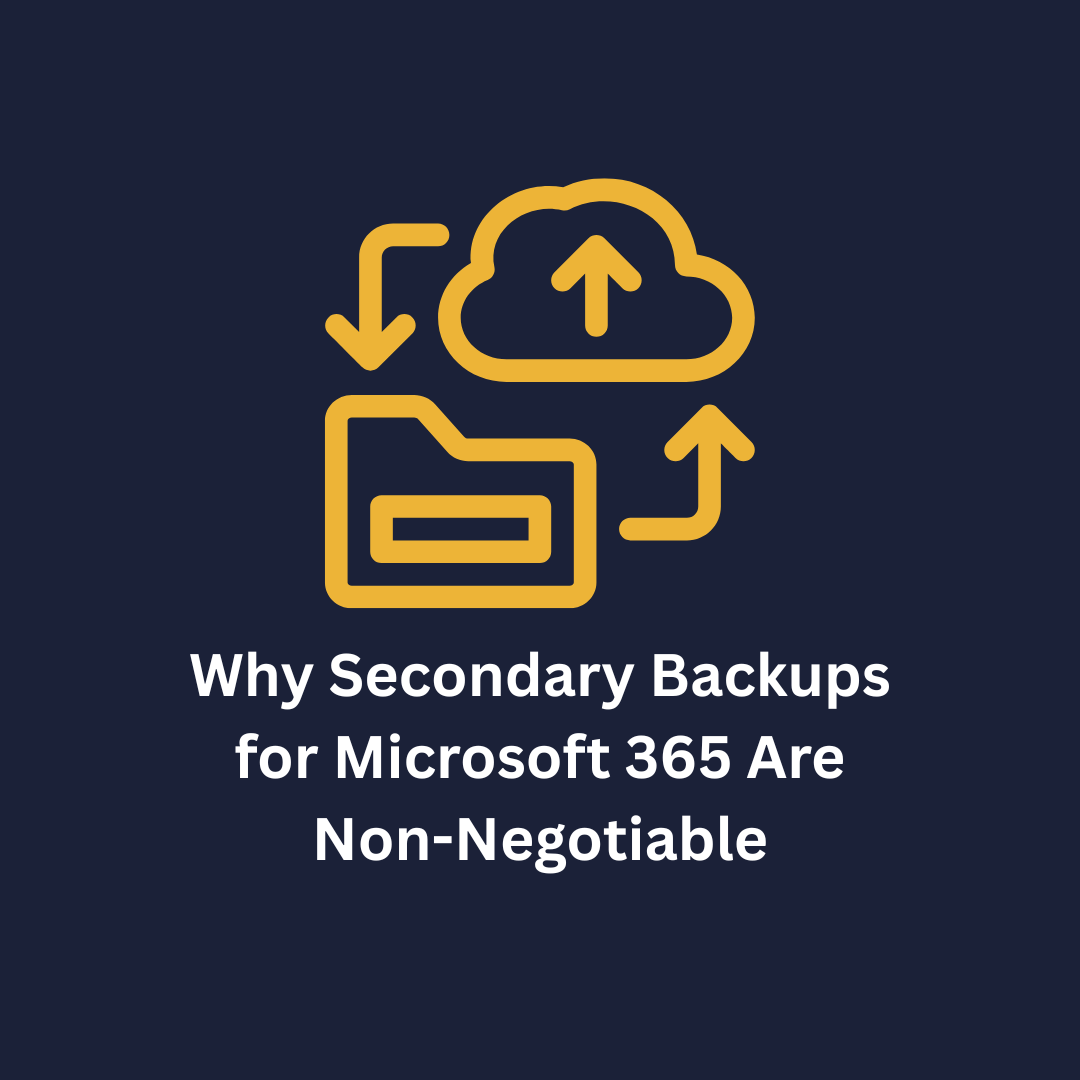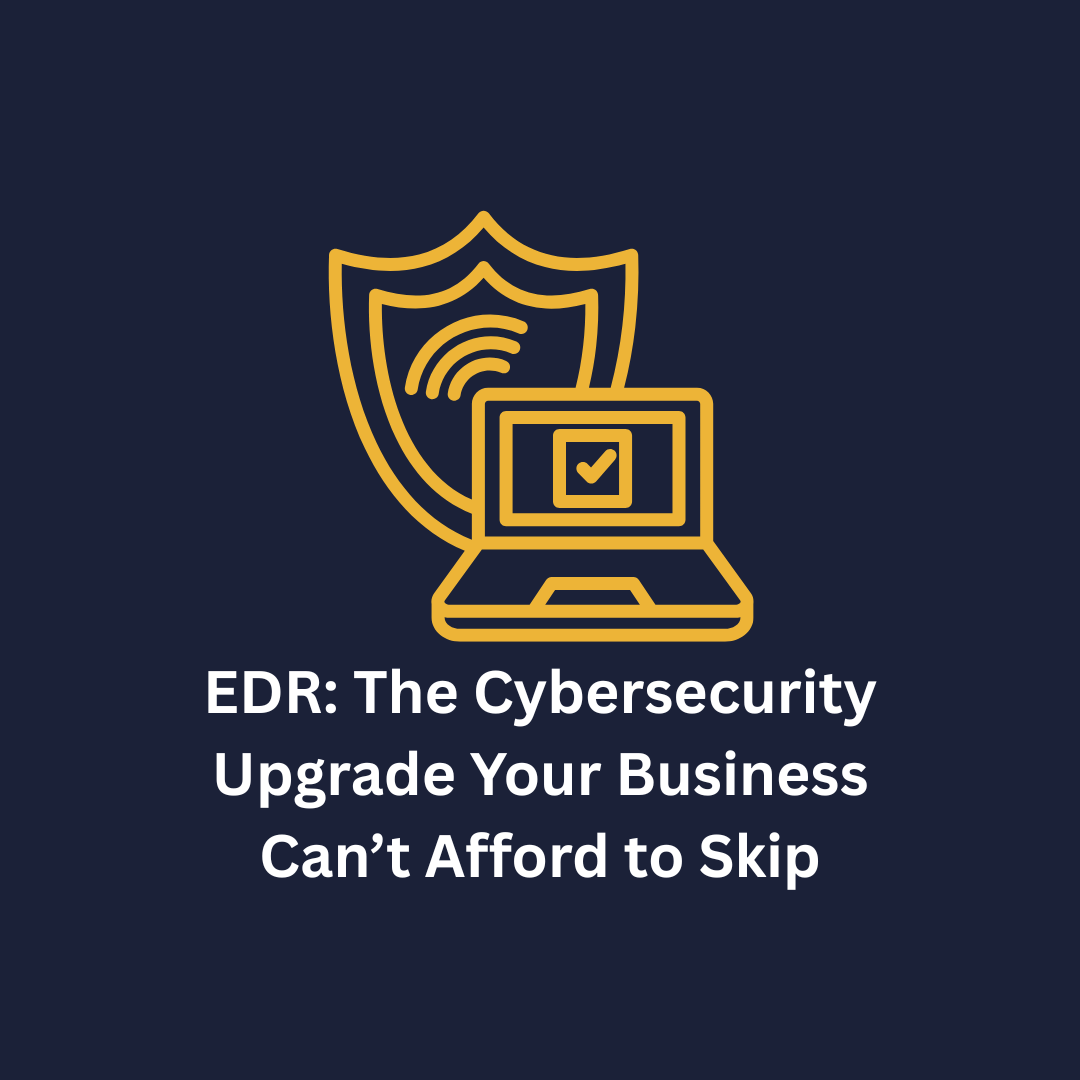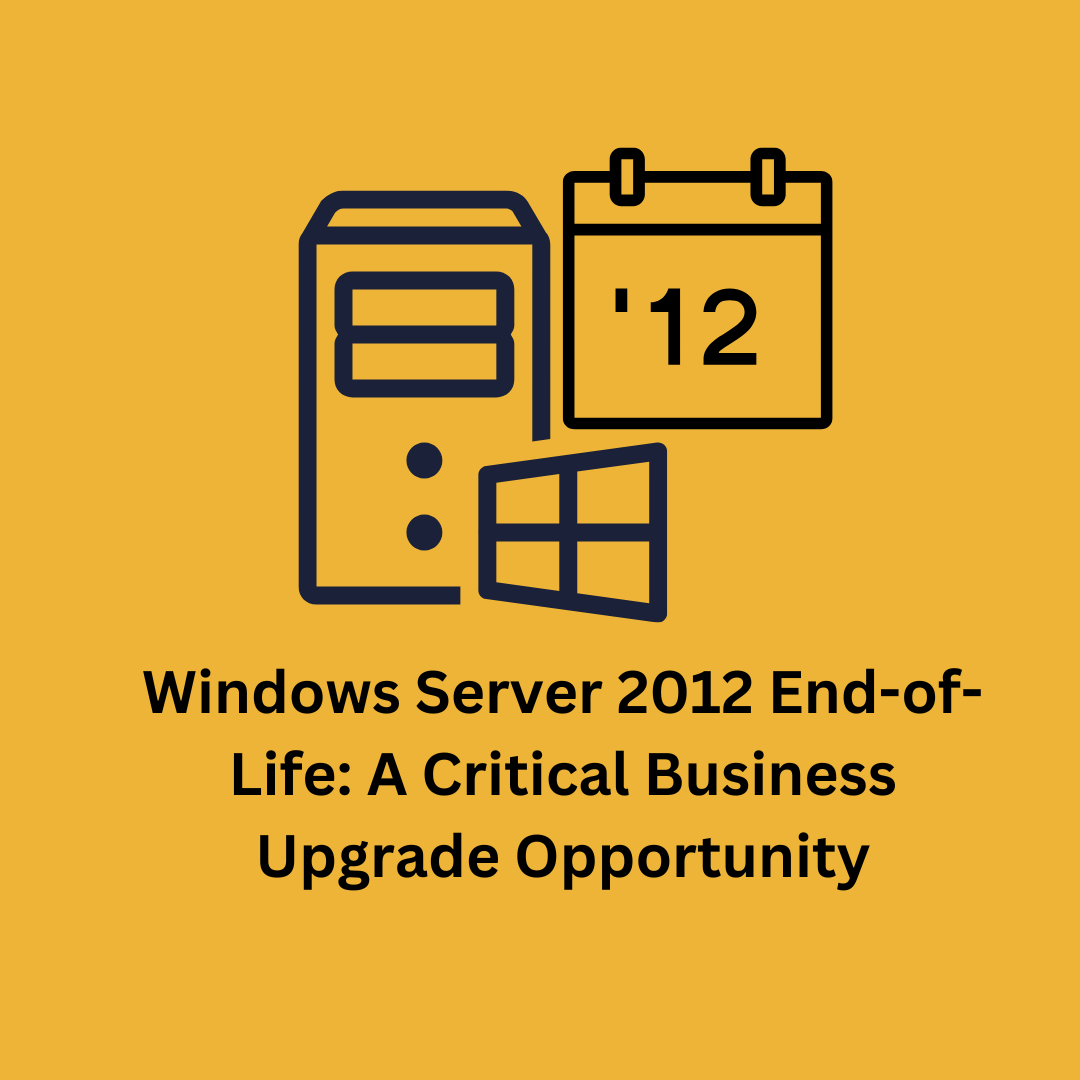Comparing On-Premises Servers vs. The Cloud
With the rapid growth of digital transformation, businesses are faced with a crucial decision: to maintain their IT infrastructure on-premises or move to the cloud. Each option has advantages and challenges, and the best choice often depends on a company's specific needs, budget, and long-term goals. Here's an objective look at the differences:

1. Cost Implications
On-Premises:
· Capital Expenditure (CapEx): Requires a large initial investment in hardware, software licenses, and infrastructure.
· Ongoing Costs: Maintenance, upgrades, energy bills, and the potential need for dedicated IT staff.
· Predictability: Fixed costs can be more predictable and lead to overprovisioning.
Cloud Computing:
· Operational Expenditure (OpEx): Pay-as-you-go model based on actual usage.
· Scalability: Can scale up or down based on needs, often leading to cost savings.
· No Hardware Costs: No need to purchase or maintain physical servers.
2. Scalability and Flexibility
On-Premises:
· Limited Scalability: Requires manual effort and investment to scale.
· Infrastructure Limitations: Dependent on physical space and hardware availability.
Cloud Computing:
· Instant Scalability: Resources can be added or reduced instantly.
· Global Reach: Can deploy services in multiple regions worldwide.
3. Security and Compliance
On-Premises:
· Physical Security: Businesses have full control over physical access to servers.
· Customization: Can tailor security protocols to specific needs.
Cloud Computing:
· Advanced Security Features: Providers invest in top-tier security measures, including encryption, firewalls, and multi-factor authentication.
· Compliance: Many providers offer compliance certifications for various regulations.
4. Maintenance and Updates
On-Premises:
· Manual Updates: Requires IT staff to update and patch software manually.
· Downtime Risks: Potential for longer downtime during updates.
Cloud Computing:
· Automatic Updates: Providers handle software updates, often with minimal disruption.
· Continuous Monitoring: Continuous monitoring for potential issues and threats.
5. Accessibility and Collaboration
On-Premises:
· Network Limitations: Access is typically limited to the company's internal network.
· VPN Dependency: Remote access often requires VPNs, which can be slower.
Cloud Computing:
· Anywhere Access: Can access resources from any location with an internet connection.
· Collaboration Tools: Many cloud platforms offer tools for real-time collaboration.
Conclusion:
Both on-premises and cloud computing offer distinct advantages. Make sure to evaluate your specific needs, growth projections, and budget constraints to make an informed decision!
If you need any help with this process, reach out to our expert team at Honorbound IT, at 877-686-6642!


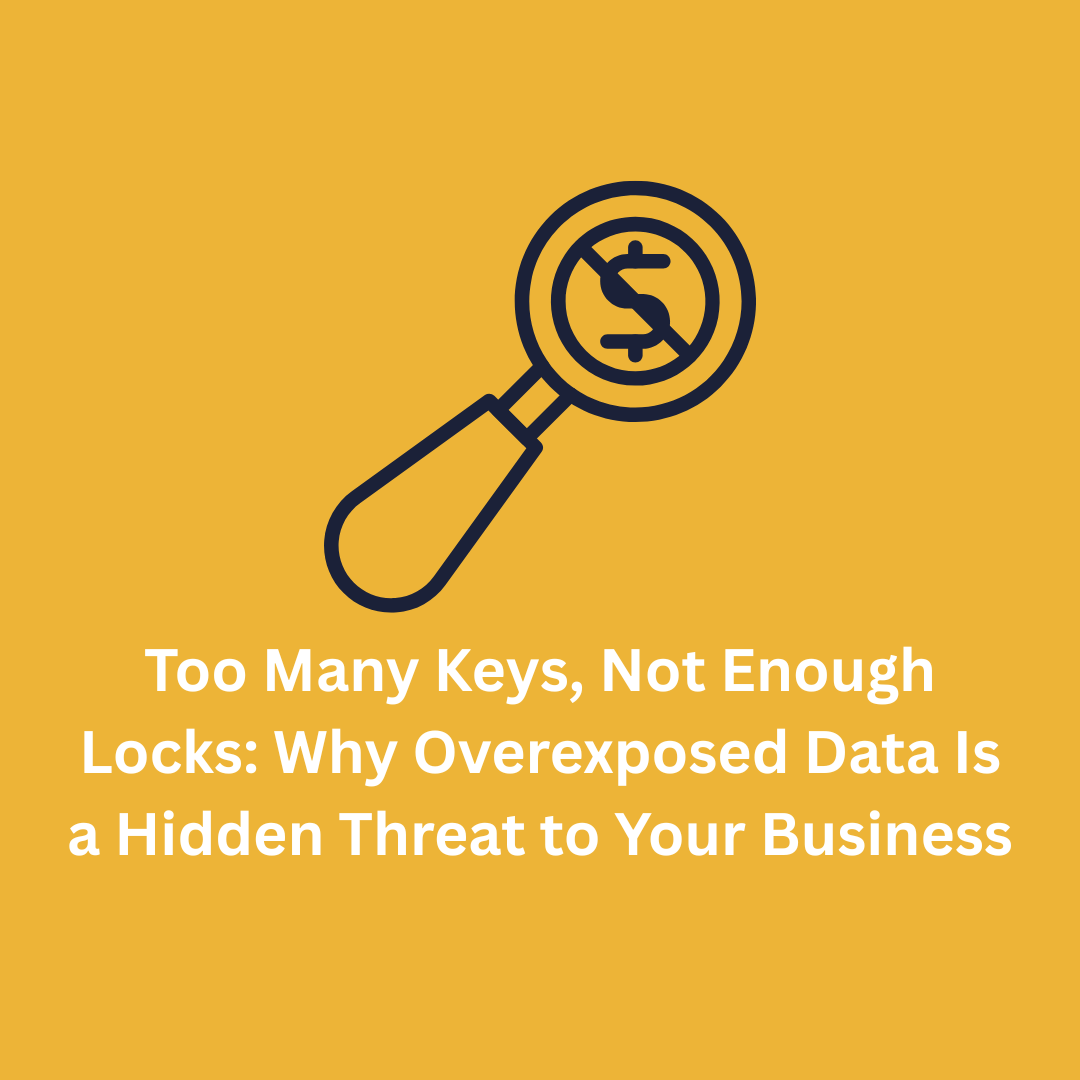
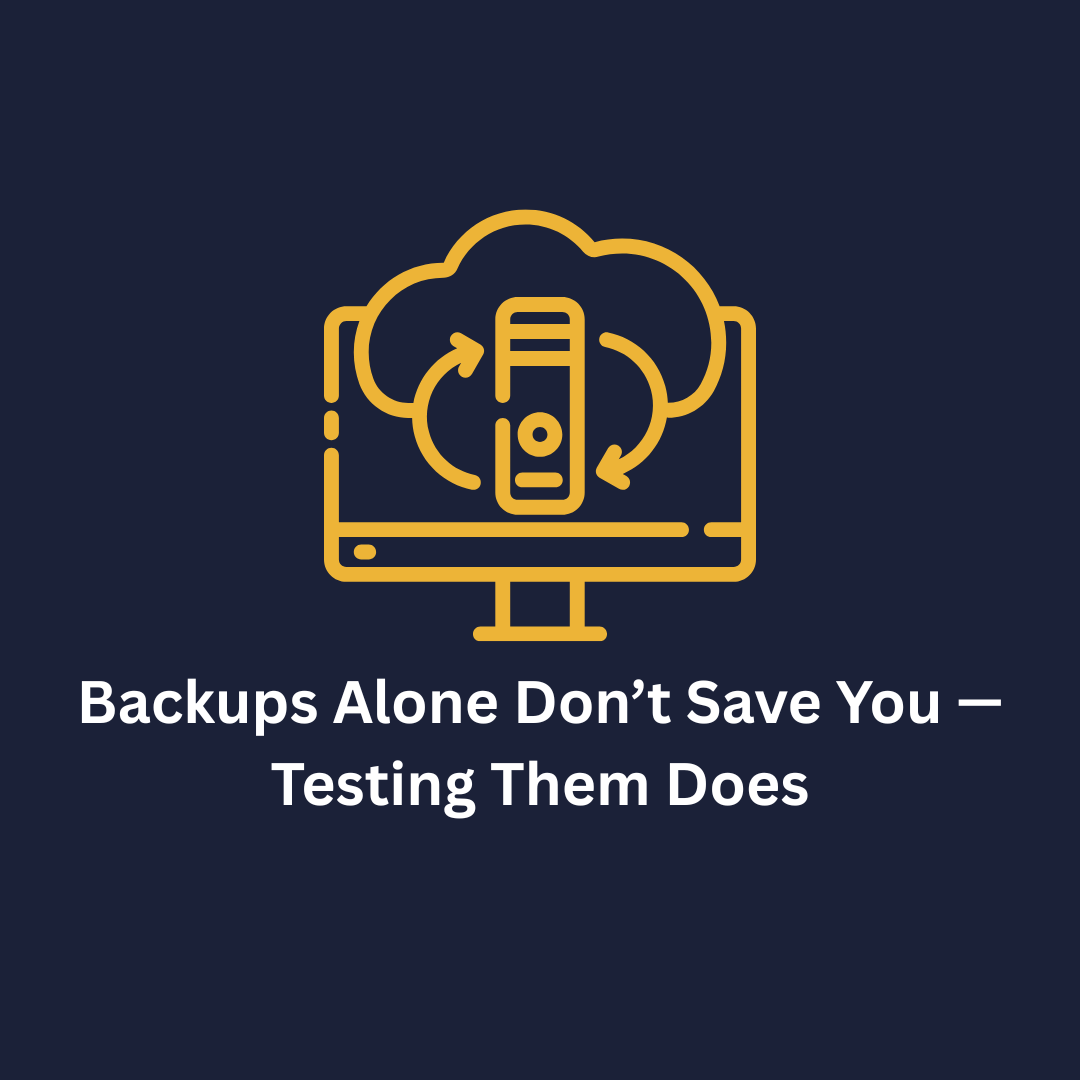





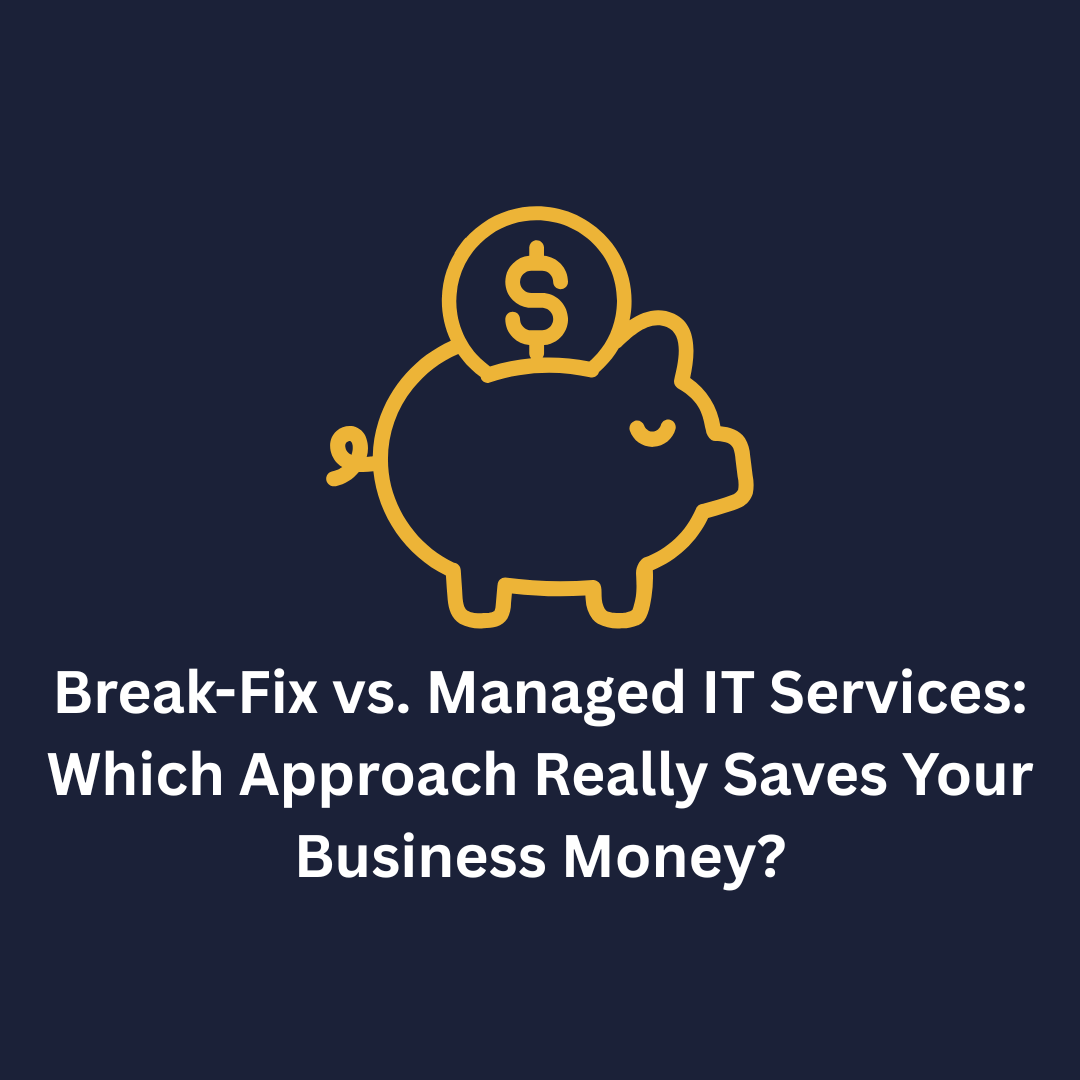


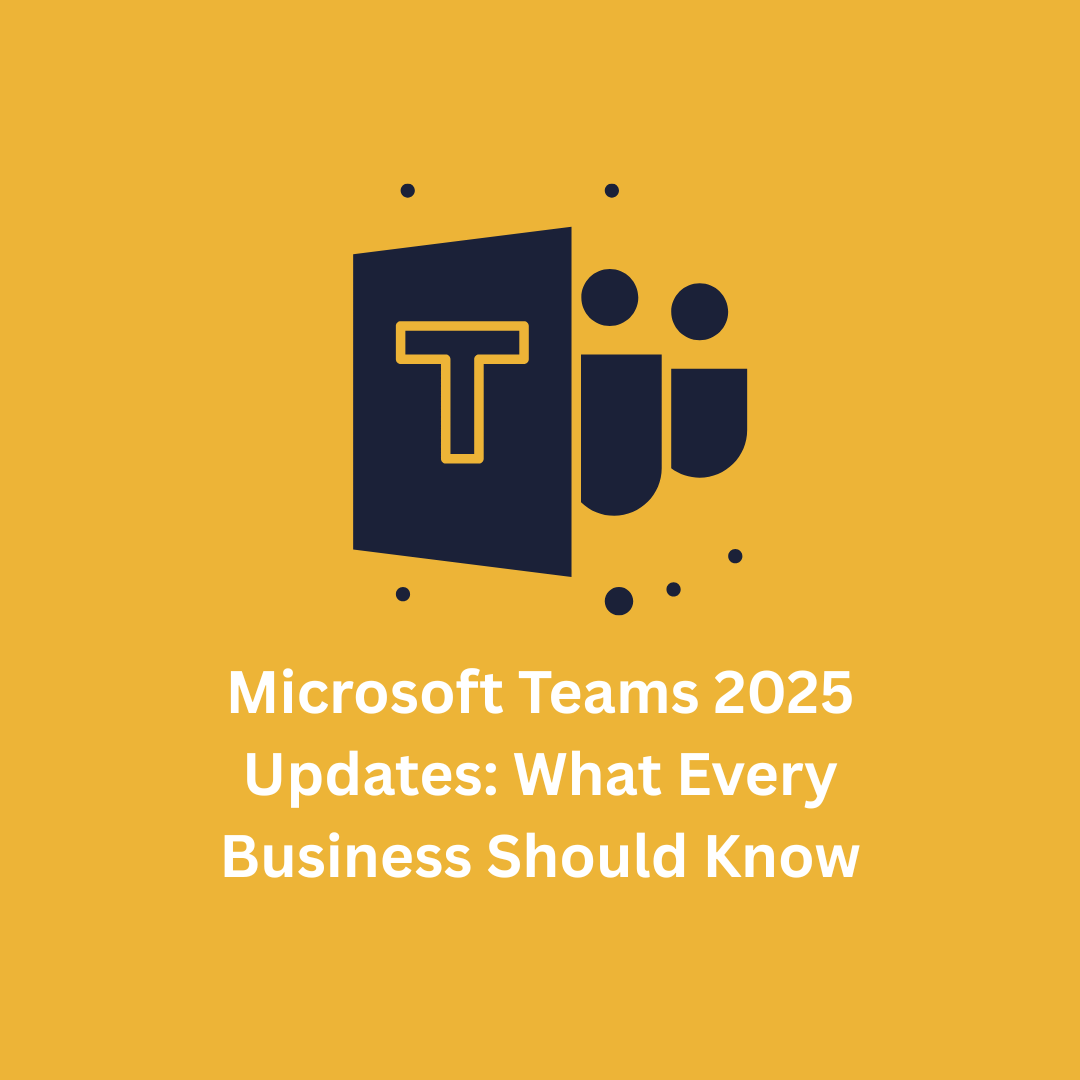
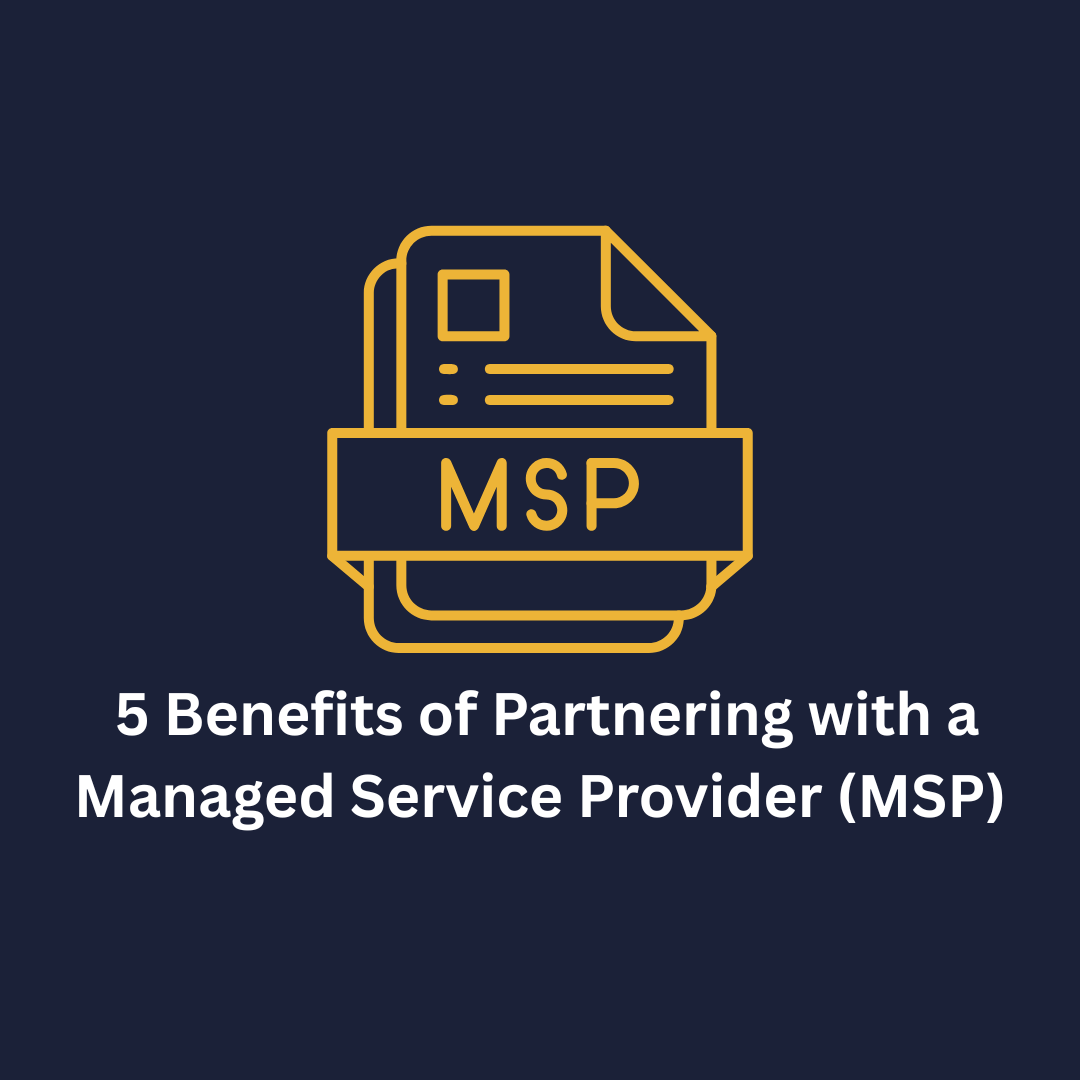





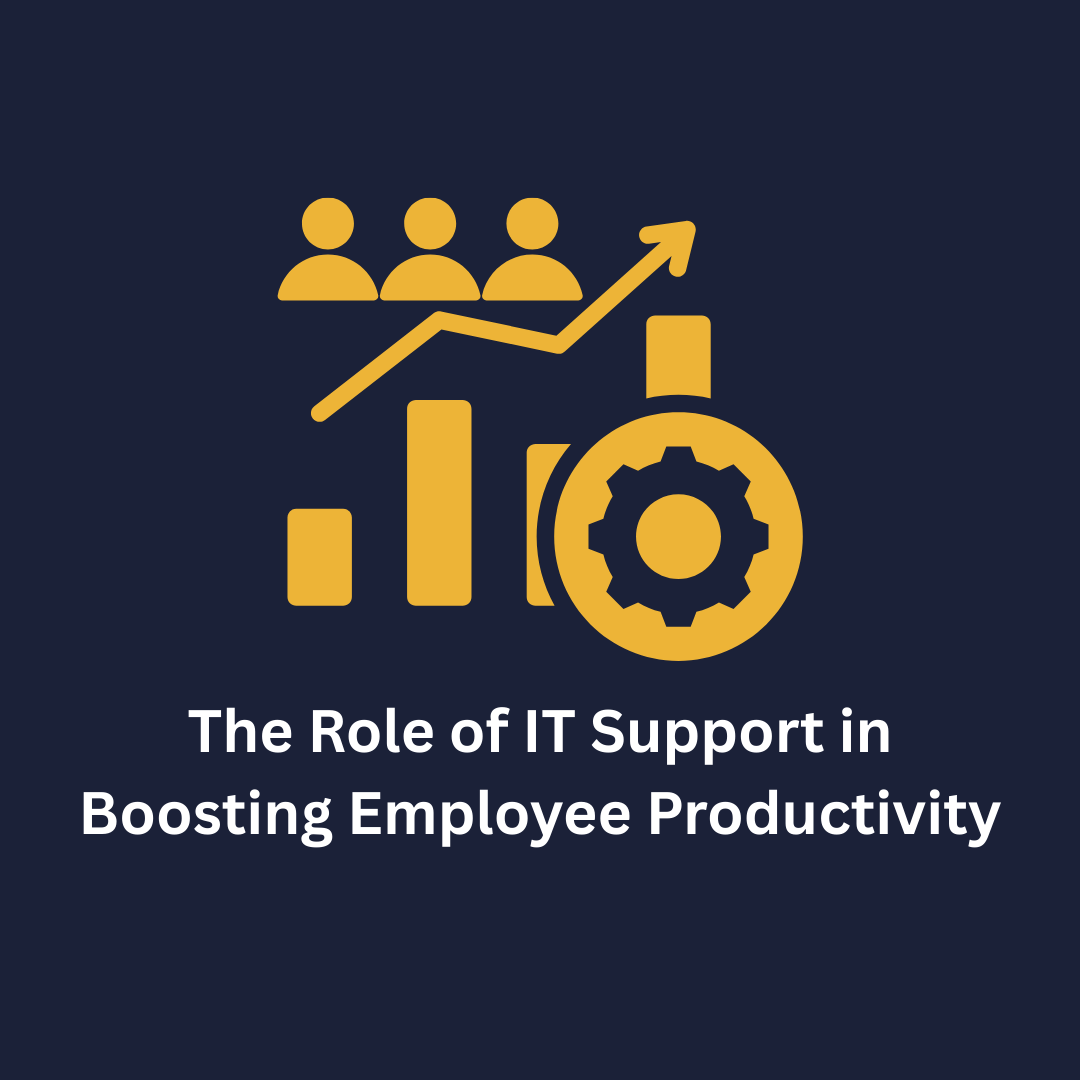



.png)


